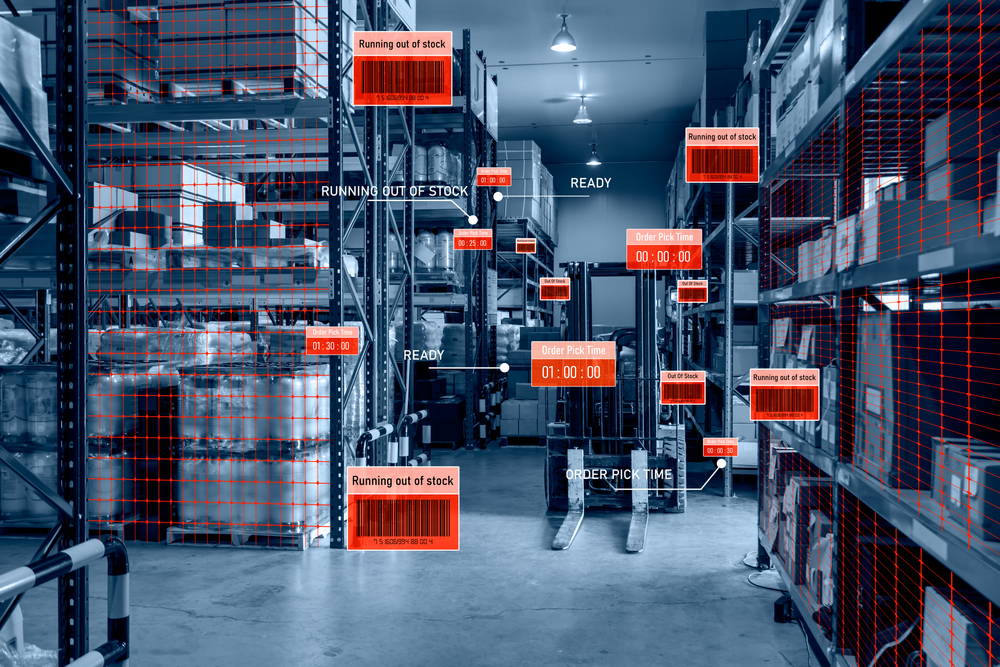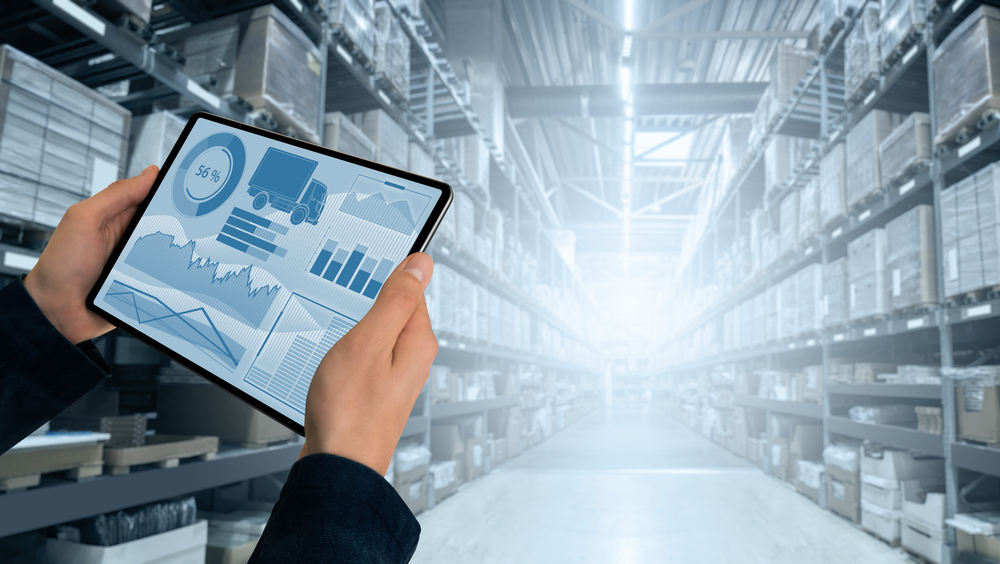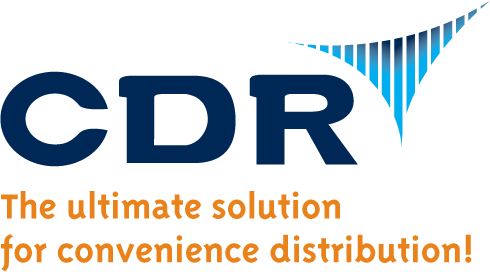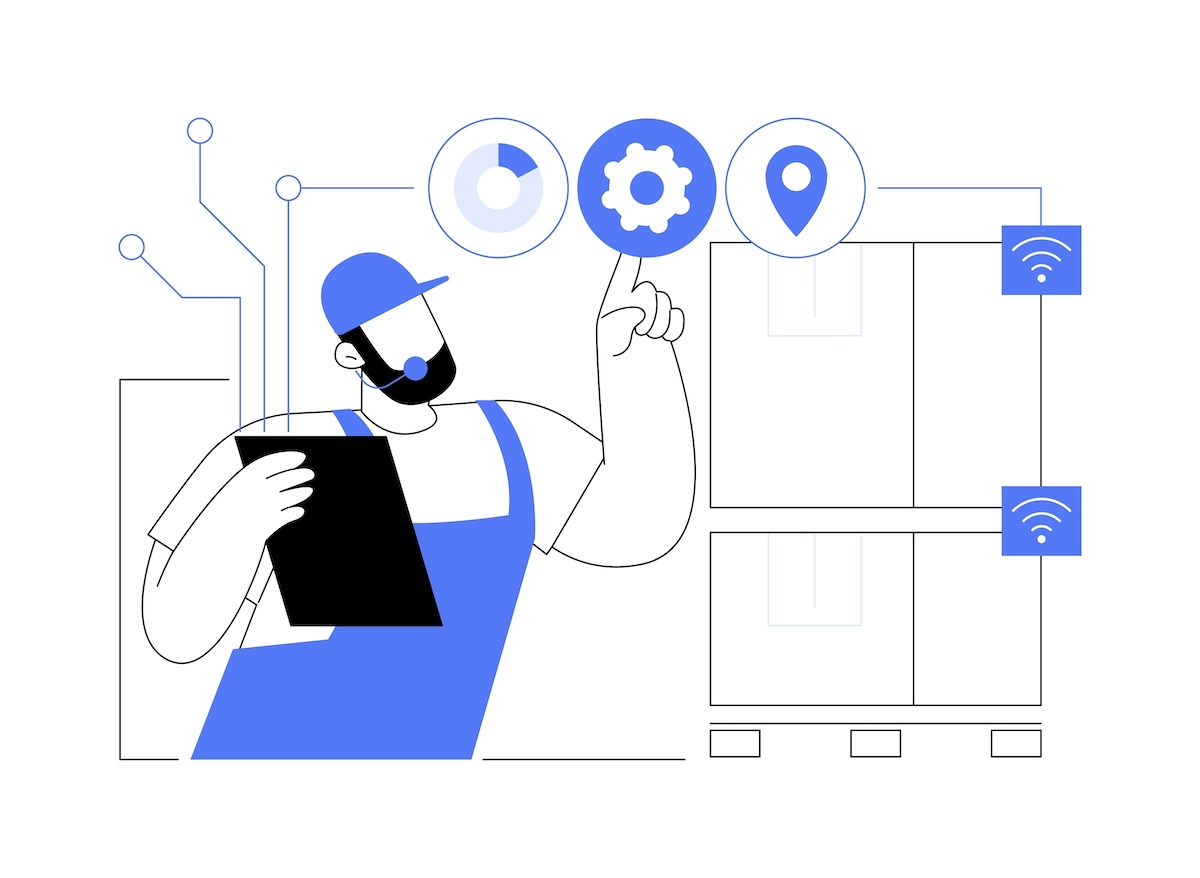Discover how IoT in distribution is transforming convenience store distribution operations with improved inventory tracking, equipment monitoring, and supply chain management. Read on to learn how IoT can boost efficiency and profitability.
Imagine you’re managing a bustling convenience store distribution center. You’re juggling multiple tasks—tracking inventory, monitoring equipment health, and ensuring timely deliveries. The pressure to maintain efficiency while reducing costs is immense. Suddenly, an alert pops up on your smartphone: a critical piece of equipment is about to fail. But instead of panic, you’re prepared. Thanks to the Internet of Things (IoT), you can address the issue before it disrupts operations, ensuring a seamless flow in your distribution process.
The Internet of Things (IoT) is revolutionizing various industries, and the convenience distribution sector is no exception. In this article, we’ll explore how IoT can improve inventory tracking, equipment monitoring, and supply chain management, providing practical insights and strategies for leveraging this technology in your operations.
Understanding IoT in Distribution and its Applications
The Internet of Things (IoT) refers to a network of devices connected to the internet. These devices collect and share data. In distribution, IoT devices can monitor inventory levels, track the location of goods, and ensure equipment is functioning optimally. For instance, RFID tags attached to products can communicate with warehouse management systems, providing accurate, real-time inventory data. Smart shelves with weight sensors can alert you when stock levels are low, enabling timely replenishment.
IoT devices also play a crucial role in monitoring the health of equipment. Sensors can track temperature, vibration, and other parameters, predicting when maintenance is needed and preventing unexpected breakdowns. This level of automation and insight is transforming the convenience distribution industry, making operations more efficient and reliable.
Improving Inventory Tracking with IoT in Distribution
One big challenge in convenience distribution is keeping accurate inventory levels. Traditional methods like manual counting are time-consuming and often inaccurate. IoT offers a solution by automating inventory tracking and providing real-time visibility.
While RFID is a forward-thinking technology and shows potential for the future, the current main obstacle is the cost of RFID tags. However, barcodes read by RF devices offer a robust solution for most distribution companies. With IoT in distribution, these RF devices can automatically update inventory levels as items are moved in and out of the warehouse. This eliminates the need for manual counts and reduces the risk of stockouts or overstocking. Additionally, IoT-enabled devices can track the movement of goods throughout the supply chain, providing end-to-end visibility.
For example, a convenience store distributor can use IoT to monitor perishable goods. Temperature sensors can ensure that products are stored at the correct temperatures, and alerts can be sent if there are deviations. This not only helps in maintaining product quality but also reduces waste.
The benefits of IoT in inventory tracking are clear: improved accuracy, reduced labor costs, and enhanced visibility. By implementing IoT solutions, convenience distribution providers can optimize their inventory management processes, leading to better customer satisfaction and increased profitability.

Equipment Monitoring and Maintenance
In the fast-paced world of convenience distribution, equipment reliability is crucial. Unexpected breakdowns can cause significant disruptions, leading to delays and increased costs. IoT technology offers a proactive way to monitor and maintain equipment, ensuring smooth operations and reducing downtime.
IoT devices with sensors can keep an eye on your critical equipment all the time. For example, vibration sensors can detect unusual patterns that may indicate a potential failure, while temperature sensors can ensure that refrigeration units are operating within safe limits. By collecting and analyzing this data in real-time, IoT systems can predict when maintenance is needed, allowing for timely interventions before a breakdown occurs.
This predictive maintenance approach has several benefits:
- Reduced Downtime: By addressing issues before they lead to equipment failure, downtime is minimized, ensuring uninterrupted operations.
- Cost Savings: Preventive maintenance is typically less expensive than emergency repairs or replacing damaged equipment.
- Extended Equipment Lifespan: Regular maintenance based on real-time data can extend the life of equipment, maximizing the return on investment.
Using IoT for equipment monitoring and maintenance helps convenience distribution providers maintain high efficiency and reliability, ultimately supporting better service to their customers.
Enhancing Supply Chain Management
The supply chain in convenience distribution is pretty complex, with many stages from suppliers to warehouses to stores. Traditional supply chain management methods often suffer from a lack of real-time visibility and delayed information, leading to inefficiencies and higher costs. IoT can transform supply chain management by providing real-time data and end-to-end visibility.
IoT-enabled devices, such as GPS trackers and smart logistics platforms, can monitor the location and condition of goods throughout the supply chain. This real-time tracking allows managers to have a comprehensive view of the entire supply chain, from production to delivery. For instance, GPS trackers on delivery vehicles can provide precise location data, enabling better route optimization and timely deliveries.
Here are some key benefits of IoT in supply chain management:
- Improved Decision-Making: Access to real-time data allows managers to make informed decisions quickly, responding to changes and disruptions effectively.
- Optimized Logistics: IoT can help optimize routes, reduce fuel consumption, and improve delivery times by providing accurate location and traffic data.
- Enhanced Transparency: End-to-end visibility into the supply chain fosters greater transparency and trust among partners, suppliers, and customers.
By integrating IoT into supply chain management, convenience distribution providers can achieve greater efficiency, reduce costs, and enhance overall customer satisfaction.

Overcoming Implementation Challenges
Even though IoT has clear benefits, getting these technologies up and running can be tricky. Common obstacles include the cost of IoT devices and infrastructure, integration with existing systems, and concerns over data security. However, these challenges can be addressed with careful planning and strategic execution.
- Cost Considerations:
- Initial Investment: The upfront cost of IoT devices and infrastructure can be significant. To mitigate this, start with small-scale pilot projects to demonstrate ROI before scaling up.
- Long-Term Savings: Emphasize the long-term cost savings from reduced downtime, optimized operations, and improved efficiency, which can offset the initial investment.
- Integration with Existing Systems:
- Compatibility: Ensure that new IoT devices are compatible with existing warehouse management systems (WMS) and enterprise resource planning (ERP) systems. This may involve working with IoT vendors to customize solutions.
- Scalable Solutions: Opt for scalable IoT solutions that can grow with your business and integrate seamlessly with current systems.
- Data Security and Privacy:
- Robust Security Measures: Implement robust security protocols to protect sensitive data collected by IoT devices. This includes encryption, secure access controls, and regular security audits.
- Vendor Partnerships: Partner with reputable IoT vendors who prioritize data security and have a proven track record of secure implementations.
- Training and Change Management:
- Employee Training: Provide comprehensive training for employees to ensure they are comfortable using new IoT technologies and understand their benefits.
- Change Management: Develop a change management strategy to address resistance and promote the adoption of IoT solutions across the organization.
By addressing these challenges head-on, convenience distribution providers can successfully implement IoT technologies and reap the benefits of enhanced efficiency and visibility.
Future Trends and Innovations in IoT for Distribution
The future of IoT in convenience distribution looks bright, with new technologies and trends set to change the industry. Staying ahead of these trends can give businesses a competitive edge and drive continued improvement in operations.
- 5G Connectivity:
- Faster Data Transmission: 5G technology promises faster data transmission speeds, which can enhance the performance of IoT devices and enable real-time analytics.
- Increased Device Capacity: With greater bandwidth, 5G can support a higher number of connected devices, allowing for more comprehensive IoT ecosystems.
- Artificial Intelligence (AI) Integration:
- Advanced Analytics: AI can analyze vast amounts of data collected by IoT devices to provide deeper insights and predictive analytics.
- Automation: Combining IoT with AI can enable more advanced automation, such as automated inventory management and predictive maintenance.
- Edge Computing:
- Reduced Latency: Edge computing processes data closer to where it is generated, reducing latency and improving response times.
- Enhanced Security: By processing data locally, edge computing can enhance security and reduce the risk of data breaches.
- Sustainability and Green Initiatives:
- Energy Efficiency: IoT can help monitor and optimize energy usage in warehouses and transportation, contributing to sustainability goals.
- Waste Reduction: Improved inventory tracking and predictive maintenance can reduce waste and promote more sustainable operations.
By keeping an eye on these trends and innovations, convenience distribution providers can continue to leverage IoT to drive efficiency, reduce costs, and enhance customer satisfaction.
Elevate Your Distribution Operations with CDR Software
At CDR Software, we understand the challenges of managing a convenience store distribution center. Our solutions are designed to streamline your operations, enhance efficiency, and improve profitability. Our offerings include:
- Inventory Tracking Systems: Keep accurate and real-time inventory data to ensure optimal stock levels and reduce waste.
- Supply Chain Management Software: Gain better visibility and control over your supply chain, from supplier to store delivery.
- Data Analytics Tools: Leverage powerful analytics to make informed decisions, optimize routes, and manage resources effectively.
Conclusion
The Internet of Things (IoT) is a powerful tool for modern convenience distribution, offering significant benefits in inventory tracking, equipment monitoring, and supply chain management. By understanding and overcoming implementation challenges, businesses can successfully integrate IoT technologies and stay ahead of industry trends.
To unlock the full potential of IoT in your convenience distribution operations, consider starting with small-scale pilot projects and partnering with experienced IoT solution providers. Embrace the future of distribution with IoT, and transform your operations for greater efficiency, visibility, and customer satisfaction.
Ready to enhance your distribution operations? Partner with CDR Software today to discover how our solutions can transform your business. Contact us today to learn more.
Frequently Asked Questions
What is the role of IoT in convenience‑store distribution?
IoT in distribution connects physical devices—like sensors in warehouses, RFID tags, and temperature trackers—to cloud systems. It enables real-time monitoring of inventory, equipment, and delivery assets, improving accuracy, visibility, and operational resilience.
How does IoT help with inventory management?
IoT automates inventory tracking by capturing RFID or barcode data at each location and updating stock levels automatically. This reduces manual counts, prevents stockouts or overstocks, and improves overall accuracy. Smart shelf sensors can also alert teams when inventory needs replenishing.
What benefits does IoT bring to equipment monitoring?
IoT sensors monitor vital equipment health—such as warehouse machinery, refrigeration units, and delivery vehicles—by tracking temperature, vibration, or performance metrics. This enables predictive maintenance, avoiding costly and unexpected downtime.
How does IoT enhance supply chain and logistics management?
From GPS trackers on vehicles to condition sensors on goods in transit, IoT provides end-to-end visibility across the supply chain. That allows route optimization, proactive exception handling, improved transparency, and faster, data-driven logistics decisions.
What challenges should distributors consider when implementing IoT?
Adopting IoT requires addressing technical and operational hurdles such as integration with existing systems, data security, system scalability, and initial hardware costs. Operational teams also need training to manage device workflows and interpret real-time alerts effectively.

